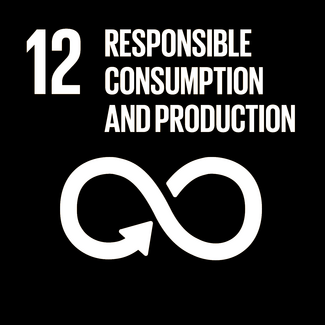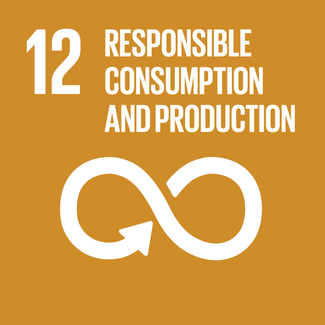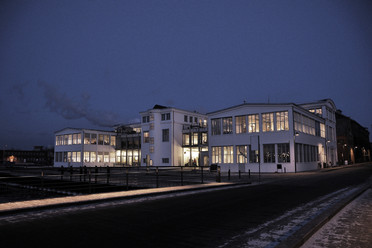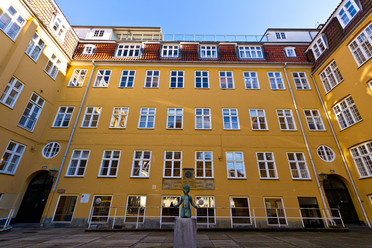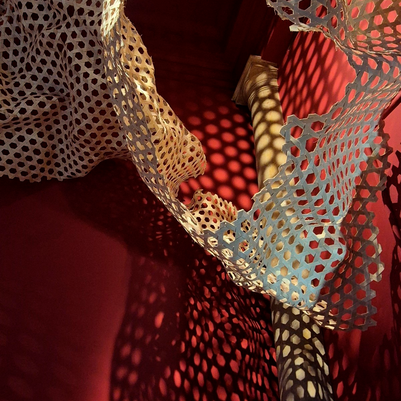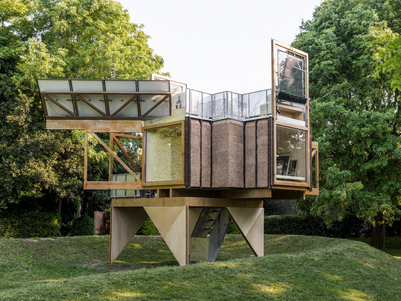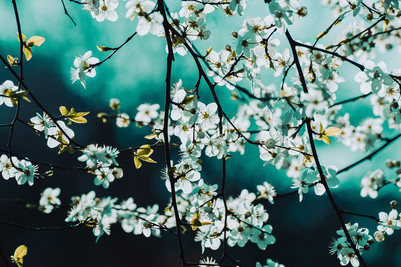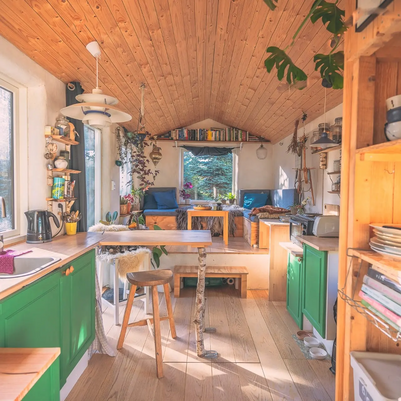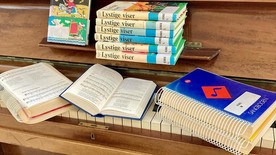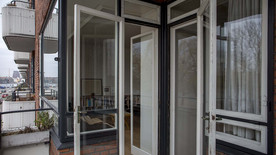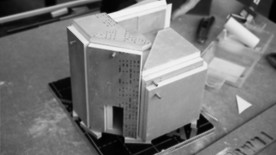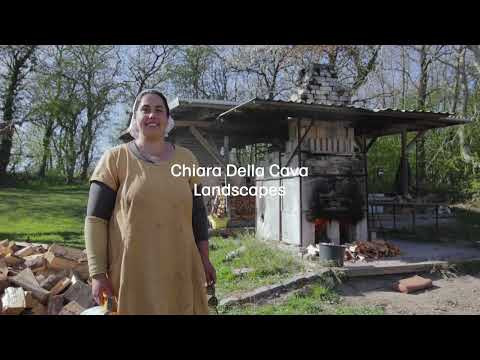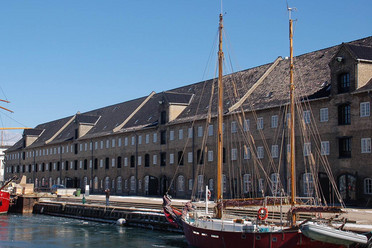

Landscapes
For my bachelor project, I take a quintessentially functional form, the plate, and reframe it within the context of the museum wall. Though simple in design, this series holds layers of meaning and memory that speak to my making process.
When I create, I entertain a dialogue between myself, the elements, and tradition. As I mold and shape the clay I seek to pay homage to the echoes of heritage that precede me. The traditional form of the plate, rooted in its utilitarian purpose and cultural significance, becomes the canvas on which this dialogue unfolds.
With its centuries-old history, wood firing further speaks to the collaboration between the elements and the maker. In this project, the wood kiln is a crucible of transformation where slip, glaze, fire, ash, and soda work together to create painterly surfaces fused onto the clay. This illusion of depth invites viewers to explore the hidden landscapes of movements and colors captured within each piece. As these plates hang together on the wall, they initiate a discourse among themselves and their surroundings.
Through my work, I seek to honor the historical legacy of ceramics and the timeless allure of functional forms while challenging traditional expectations of the nature of ‘functional’ and encouraging reflection on the intersection of art and craft.
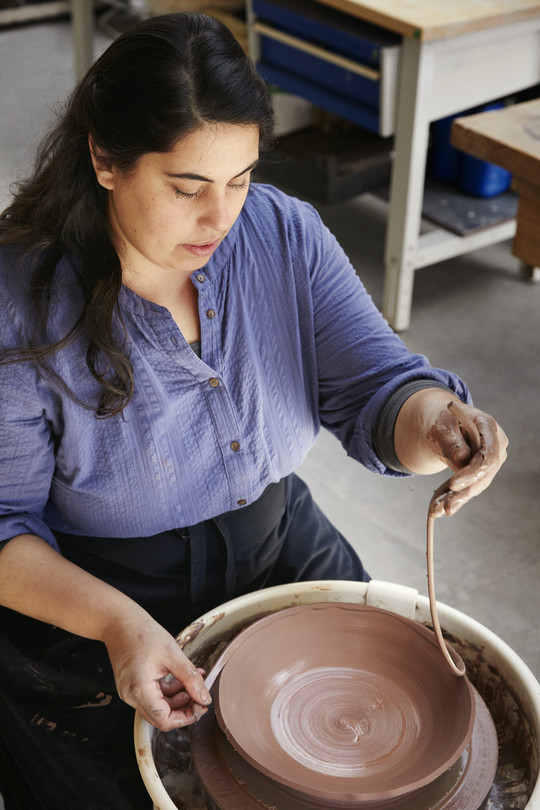
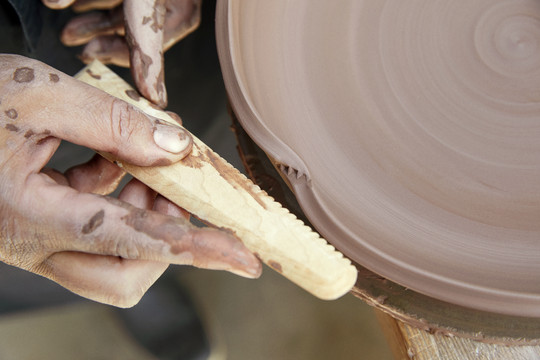
Through the development of this project, I explore ways in which to honor the historical legacy of ceramics and the timeless allure of this form while challenging traditional expectations of the nature of ‘function’ and encouraging reflection on the intersection of art and craft. It is in this overlap between disciplines that I have developed an installation of pieces that blend the lines of design and art, workmanship and expression, function and ambiguity, familiar and unexpected.
“By being both thing and representation of thing, that craft has created its own space. By being used – in daily life as well as in a museum or exhibition, as a usable thing, as a social symbol and an art object – it becomes an expression of its own time.”
- J. Veiteberg, Ceramics: Art and Perceptino No. 53, p. 67
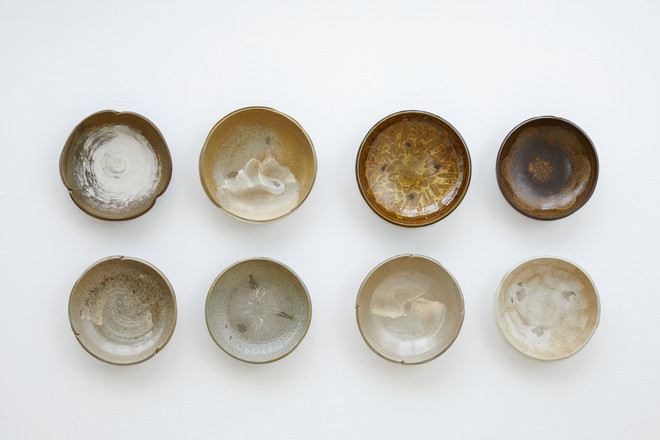
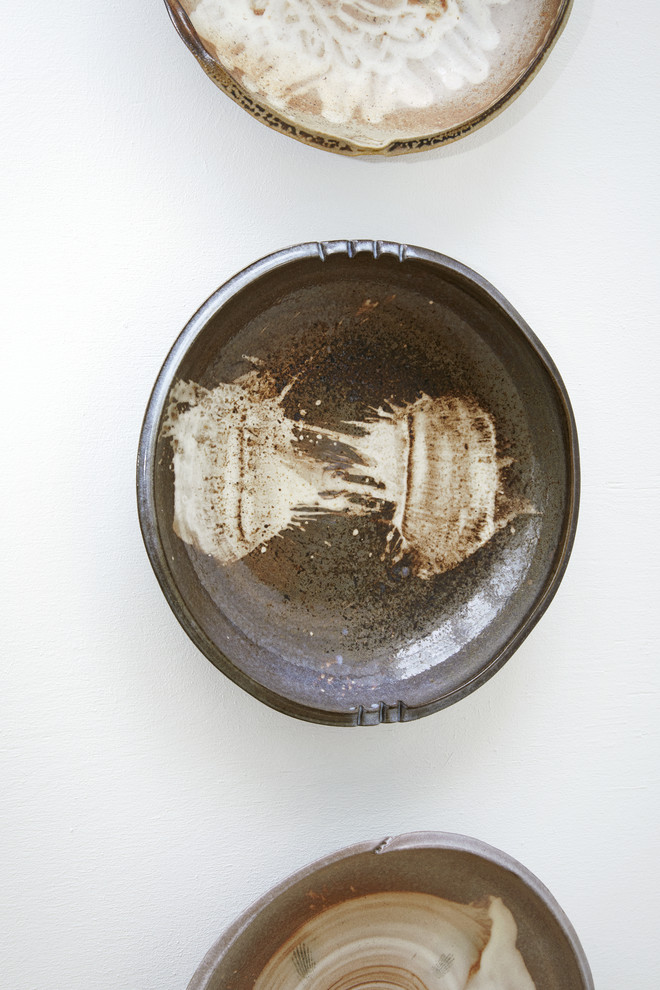
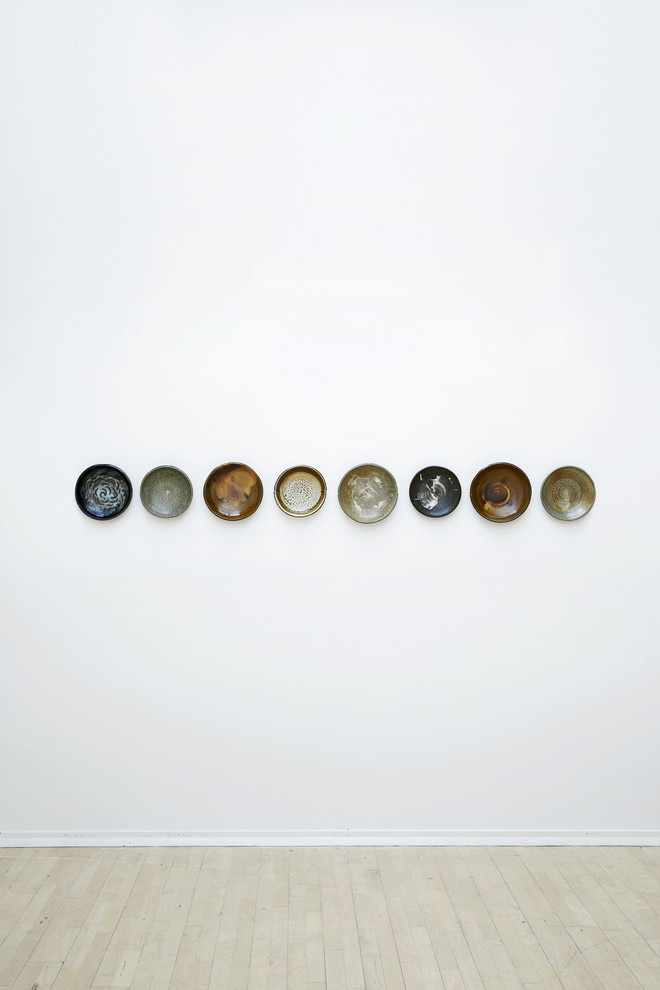
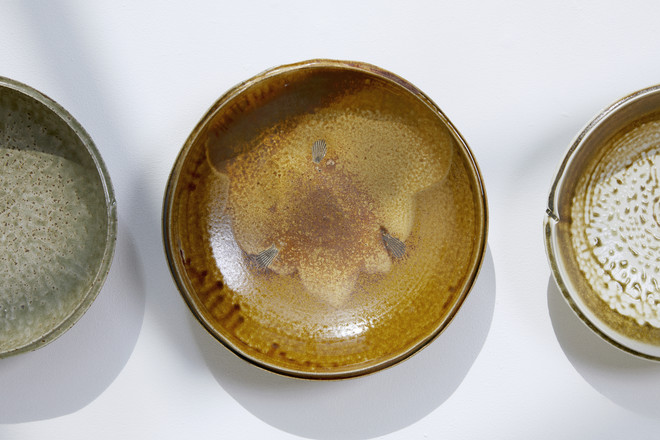
Det Kongelige Akademi understøtter FN’s verdensmål
Siden 2017 har Det Kongelige Akademi arbejdet med FN’s verdensmål. Det afspejler sig i forskning, undervisning og afgangsprojekter. Dette projekt har forholdt sig til følgende FN-mål